Postulates
The points on a line can be matched one to one with the real numbers. The real numbers that correspond to a point is the coordinate of the point. The distance between points A and B, written as AB, is the absolute value of the difference between the coordinates A and B.

If B is between A and C, then AB+BC=AC, then B is between the coordinates of A and C.
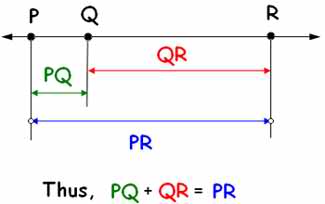
If P is in the interior of RST, then mRSP+mPST=mRST.



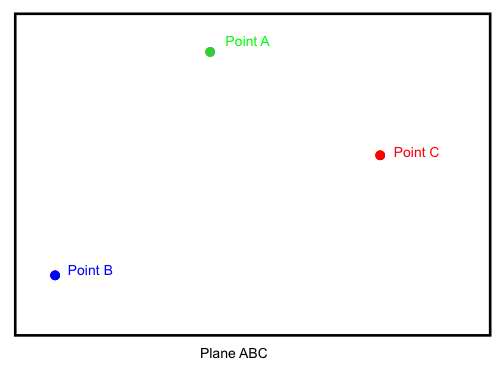

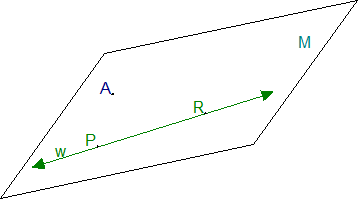

Theorems
All right angles are congruent.
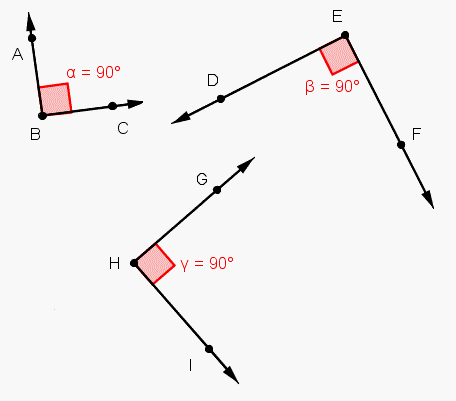
If two angles are supplementary to the same angle (or to congruent angles) then the two angles are congruent.
If two angles are complementary to the same angle (or to congruent angles) then the two angles are congruent.

Vertical angles are congruent.
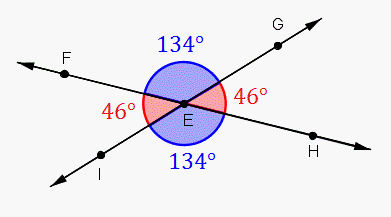
If two parallel lines are cut by a transversal, then the pairs of alternate interior angles are congruent.
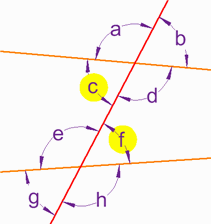
If two parallel lines are cut by a transversal, then the pairs of consecutive interior angles are supplementary.

If two parallel lines are cut by a transversal, then the pairs of alternate exterior angles are congruent.
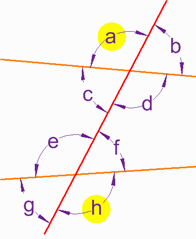
If a transversal is perpendicular to one of two perpendicular lines, then it is perpendicular to the other.
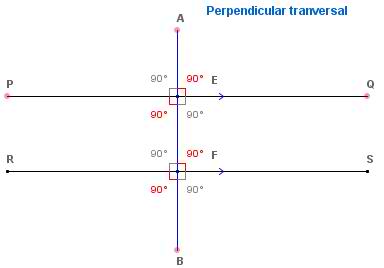
If two lines are cut by a transversal so that alternate interior angles are congruent, then the lines are parallel.
If two lines are cut by a transversal so that consecutive interior angles are supplementary, then the lines are parallel.
